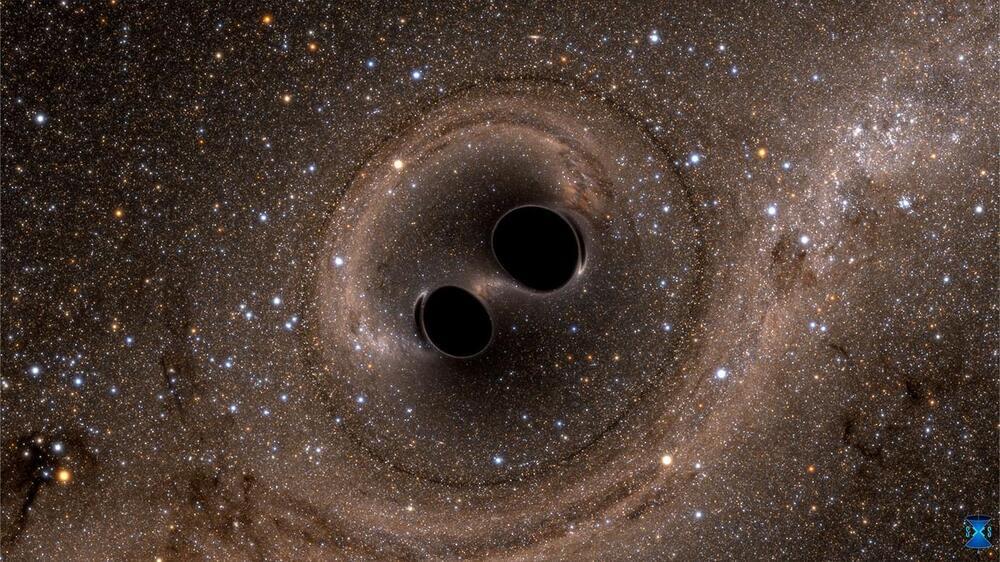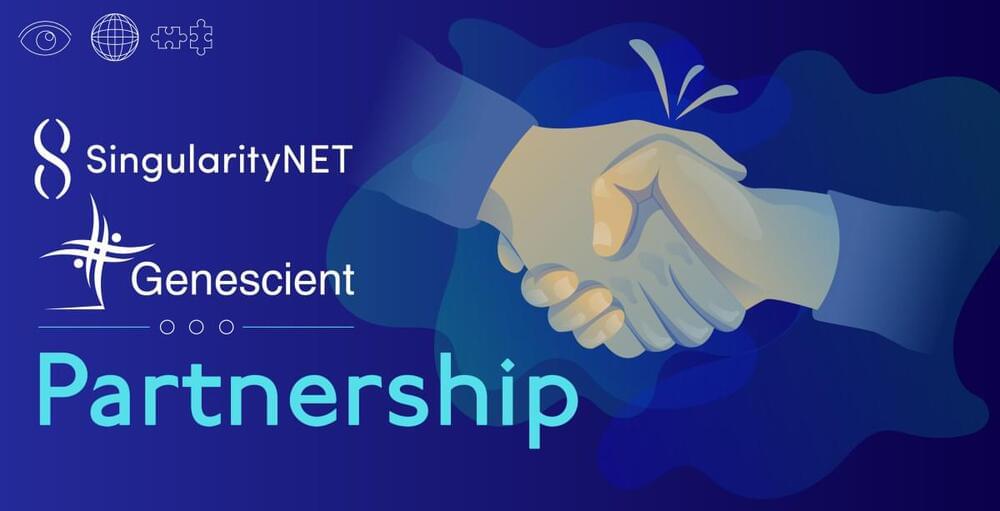
Get the latest international news and world events from around the world.



Schrödinger Was Wrong: New Research Overturns 100-Year-Old Understanding of Color Perception
A paradigm shift away from the 3D mathematical description developed by Schrödinger and others to describe how we see color could result in more vibrant computer displays, TVs, textiles, printed materials, and more.
New research corrects a significant error in the 3D mathematical space developed by the Nobel Prize-winning physicist Erwin Schrödinger and others to describe how your eye distinguishes one color from another. This incorrect model has been used by scientists and industry for more than 100 years. The study has the potential to boost scientific data visualizations, improve televisions, and recalibrate the textile and paint industries.
“The assumed shape of color space requires a paradigm shift,” said Roxana Bujack, a computer scientist with a background in mathematics who creates scientific visualizations at Los Alamos National Laboratory. Bujack is lead author of the paper on the mathematics of color perception by a Los Alamos team. It was published in the Proceedings of the National Academy of Sciences.
New AI tool allows mourners to have conversations with the dead
The idea of conversing with mourners at your own funeral may sound like the plot from the latest episode of Black Mirror.
But it could become a reality, thanks to a Los Angeles-based startup, which has developed a ‘holographic conversational video experience’.
StoryFile creates a digital clone of the subject by using 20 synchronised cameras to record them answering a series of questions.

Transframer is a general-purpose generative framework that can handle many image and video tasks in a probabilistic setting
New work shows it excels in video prediction and view synthesis, and can generate 30s videos from a single image: https://dpmd.ai/dm-transframer 1/
Fast-acting T-Cells Provide Powerful Protection Against Stroke
40 second video:
Abstract: Neuroprotection against ischemic stroke requires a specific class of early responder T cells in mice https://www.jci.org/articles/view/157678
GoFundMe: https://gofund.me/3064240f

20 exaFLOP supercomputer proposed for 2025
The U.S. Department of Energy (DOE) has published a request for information from computer hardware and software vendors to assist in the planning, design, and commission of next-generation supercomputing systems.
The DOE request calls for computing systems in the 2025–2030 timeframe that are five to 10 times faster than those currently available and/or able to perform more complex applications in “data science, artificial intelligence, edge deployments at facilities, and science ecosystem problems, in addition to traditional modelling and simulation applications.”
U.S. and Slovakia-based company Tachyum has now responded with its proposal for a 20 exaFLOP system. This would be based on Prodigy, its flagship product and described as the world’s first “universal” processor. According to Tachyum, the chip integrates 128 64-bit compute cores running at 5.7 GHz and combining the functionality of a CPU, GPU, and TPU into a single device with homogeneous architecture. This allows Prodigy to deliver performance at up to 4x that of the highest performing x86 processors (for cloud workloads) and 3x that of the highest performing GPU for HPC and 6x for AI applications.

How data and automation can help with sustainability
Weighing cost vs. benefit
For small business owners, implementing sustainability initiatives may seem more like a pipe dream than a tangible goal, as the technology can be costly to implement. What’s more, businesses that are using technology to drive sustainability must employ talented workers who can tap into those resources and streamline operations for the greatest economic and environmental benefit.
However, as companies can leverage automation and data analytics to increase efficiency, adjust energy usage, reduce waste and otherwise help with sustainability, the cost of investing in automation is worth it. By giving company leaders the ability to see the big picture in terms of carbon footprint, data and automation can help optimize operations and improve a company’s bottom line.

Probing the Secrets to Human Longevity with Methuselah Flies
In the 1980s, biologist Dr Michael Rose started to selectively breed Drosophila fruit flies for increased longevity. Today, the descendants of the original Methuselah flies are held by biotech firm Genescient Corporation and live 4.5 times longer than normal fruit flies.
The flies’ increased lifespan is explained by a significant number of systemic genetic changes — but how many of these variations represent lessons that can be used to design longevity therapies for humans? Dr. Ben Goertzel and his bio-AI colleagues at SingularityNET and Rejuve. AI are betting the answer is quite a few.
SingularityNET and Rejuve. AI have launched a partnership with Genescient to apply advanced machine learning and machine reasoning methods to transfer insights gained from the Methuselah fly genome to the human genome. The goal is to acquire new information regarding gene therapies, drugs or nutraceutical regimens for prolonging healthy human life.